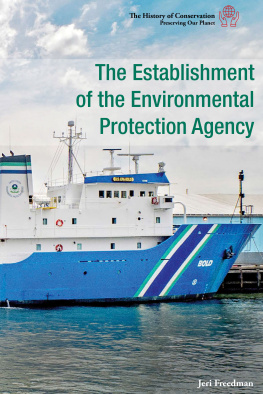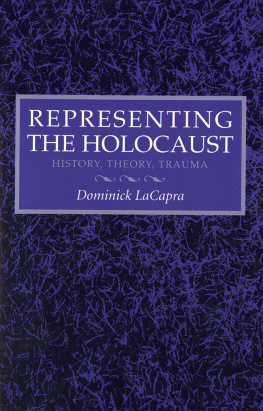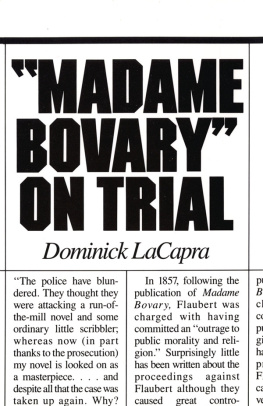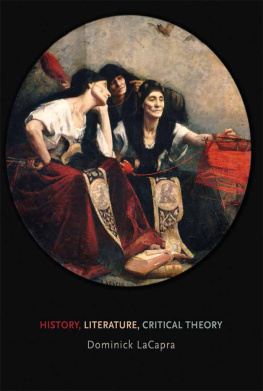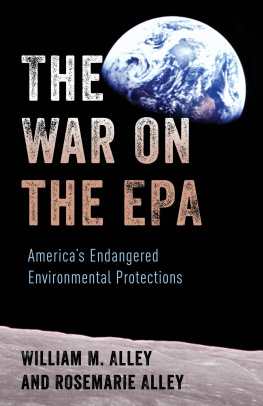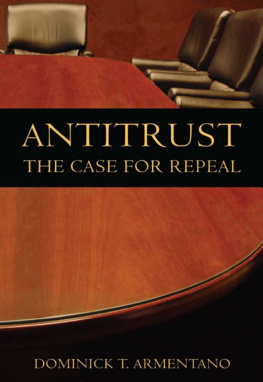David Dominick - The Nixon Environmental Agenda: An Insiders View of Republican Decision Making 1968-1972
Here you can read online David Dominick - The Nixon Environmental Agenda: An Insiders View of Republican Decision Making 1968-1972 full text of the book (entire story) in english for free. Download pdf and epub, get meaning, cover and reviews about this ebook. year: 2022, publisher: Page Publishing Inc, genre: Home and family. Description of the work, (preface) as well as reviews are available. Best literature library LitArk.com created for fans of good reading and offers a wide selection of genres:
Romance novel
Science fiction
Adventure
Detective
Science
History
Home and family
Prose
Art
Politics
Computer
Non-fiction
Religion
Business
Children
Humor
Choose a favorite category and find really read worthwhile books. Enjoy immersion in the world of imagination, feel the emotions of the characters or learn something new for yourself, make an fascinating discovery.

- Book:The Nixon Environmental Agenda: An Insiders View of Republican Decision Making 1968-1972
- Author:
- Publisher:Page Publishing Inc
- Genre:
- Year:2022
- Rating:3 / 5
- Favourites:Add to favourites
- Your mark:
The Nixon Environmental Agenda: An Insiders View of Republican Decision Making 1968-1972: summary, description and annotation
We offer to read an annotation, description, summary or preface (depends on what the author of the book "The Nixon Environmental Agenda: An Insiders View of Republican Decision Making 1968-1972" wrote himself). If you haven't found the necessary information about the book — write in the comments, we will try to find it.
The Environmental Protection Agency was established as an independent federal agency in December 1970 to coordinate government action on behalf of the environment. The EPA will be celebrating its golden anniversary in 2020.
Mr. Dominick feels the time is right to reflect on the beginnings of the EPA and cast a proactive vision of role of the Environmental Protection Agency in the future. Dominick is a lifelong environmentalist and has unique insight to the birth of the EPA.
Dominick worked as a legislative assistant for two US senators from Wyoming. He assisted Senator Milward L. Simpson from 1965 to 1966.
In 1968, he was responsible for personnel placements for the Interior and Agriculture Departments on President-Elect Richard Nixons transition team. President Nixon then appointed Dominick as Commissioner of the Federal Water Pollution Control Administration (FWPCA). At that time, the FWPCA was part of the Department of Interior. As Commissioner of the FWPCA, Dominicks responsibilities included making policy decisions regarding water pollution control, supervising five assistant commissioners, ten regional offices, and numerous national laboratories.
In 1971, President Nixon appointed Dominick as assistant administrator for Hazardous Materials Control for the newly formed Environmental Protection Agency (EPA). He was responsible for national programs in pesticides, radiation, solid waste, noise, and toxic substances. As the principal spokesman for congressional passage of federal pesticides, toxic substances, and noise control legislation, Dominick implemented bans on DDT, predator poisons, mercury, and numerous other agricultural and industrial chemicals. He set radon standards for underground uranium mines and initiated resource recovery and hazardous waste programs. His testimony before congress helped lead to the passage of the 1972 Clean Water Act. In addition, Dominick attended many meetings and conferences around the country, serving as an ambassador of the Nixon Administrations environmental policies.
David Dominick: author's other books
Who wrote The Nixon Environmental Agenda: An Insiders View of Republican Decision Making 1968-1972? Find out the surname, the name of the author of the book and a list of all author's works by series.

